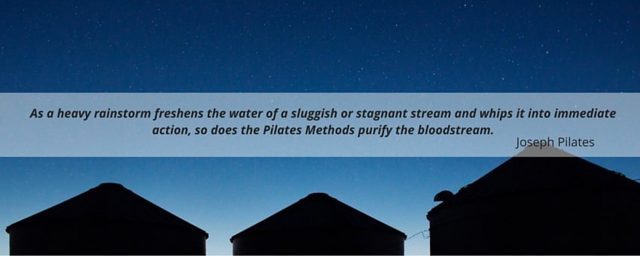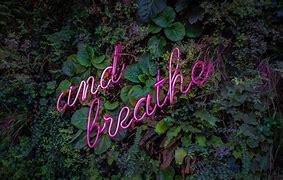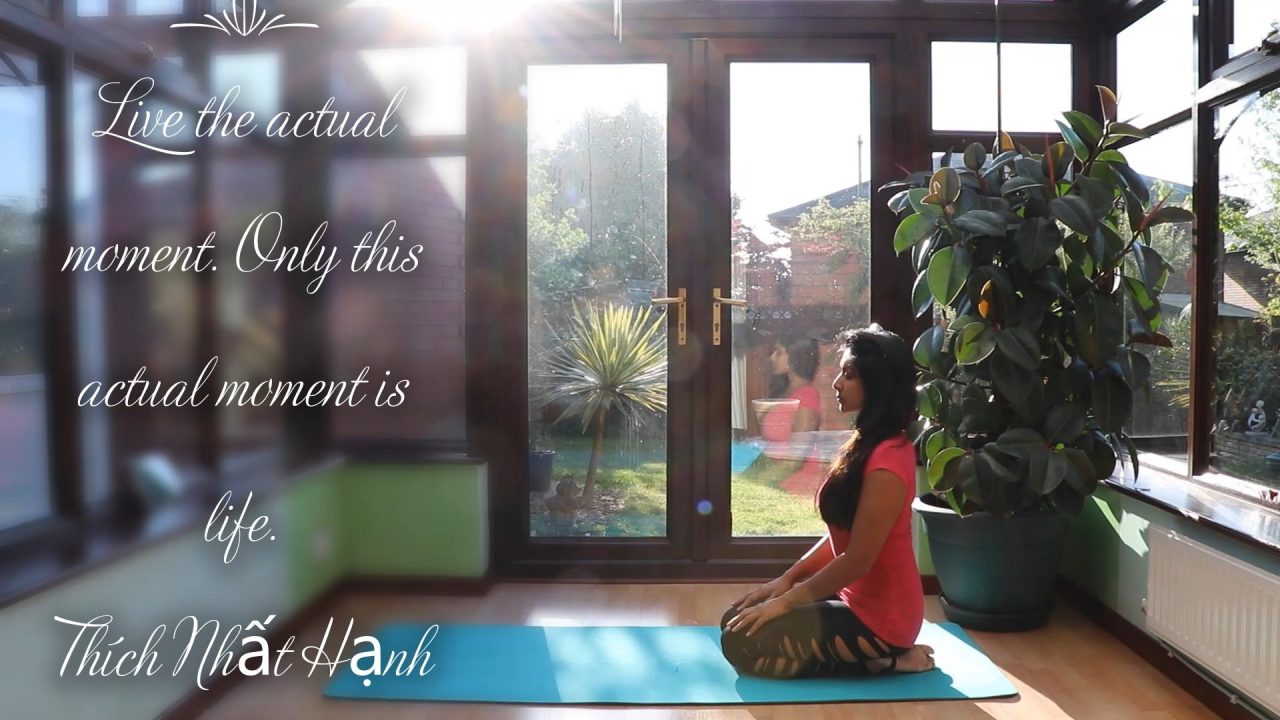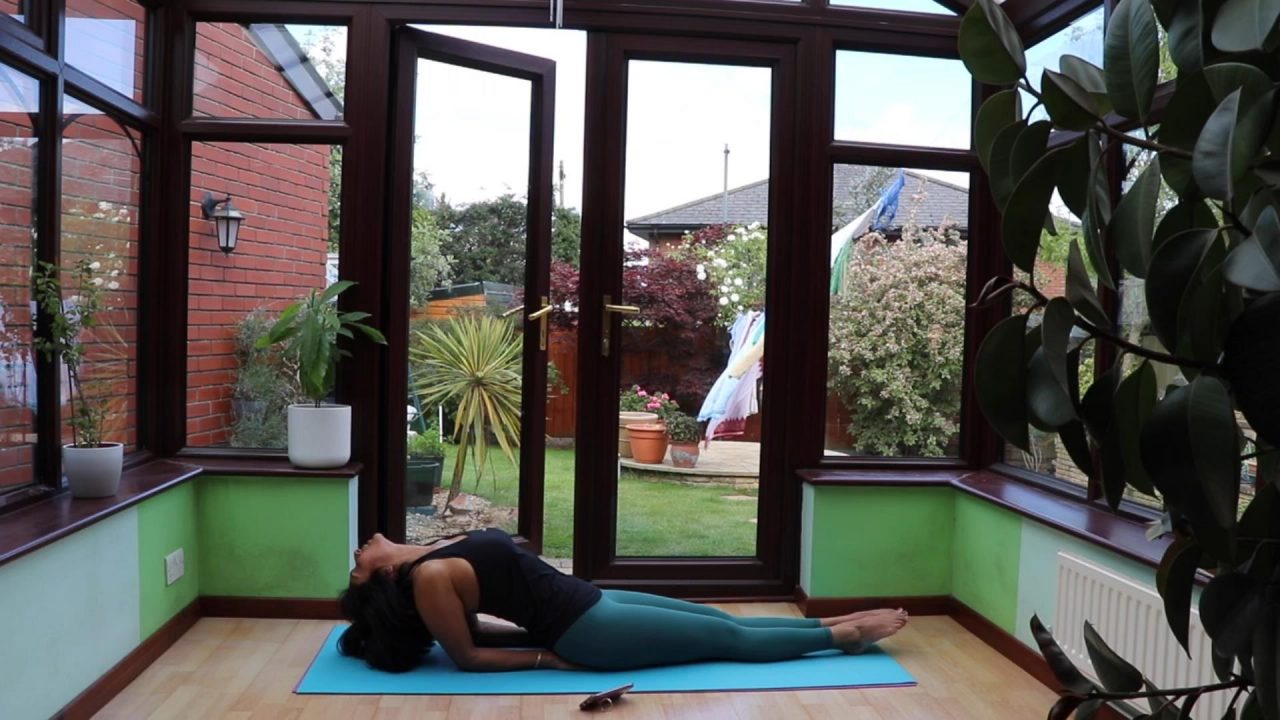or extremely beneficial?
Naps aren’t reserved for kids nor are they appropriate when you go on holiday. Naps can improve your mood, your emotions, your memory, and it can boost your immune system!!
Around one third of adults in the US get in a daily nap. In fact, men are more fond of napping than women! Naps gives you a chance to refresh and recharge yourself mid-day, it is a much healthier alternative than adding another caffeine dose.
However, naps have a dark side to them.
When you wake up your body begins accumulating sleepiness ready for the night’s rest. A chemical called adenosine builds throughout the day and it allows you to feel sleepy in the evening. When you have been awake for 16 hours, your sleep pressure is at it’s all time high and you are ready to sleep soundly. However, when you nap, you disrupt this sleep accumulation and you release some of this sleep pressure if you take a your nap during the day.
Casting aside some of the disadvantages of napping, there are quite a few studies to say naps are extremely beneficial.
- Those who power nap during the day have better memory recall and superior cognition than those who didn’t nap, or napped longer than 30 minutes.
- NASA tested the effects of power napping on astronauts who had an effective BOOST in both their performance and alertness.
- A study by Weill Cornal Medical College concluded that napping provides measurable cognitive benefits.
- Napping increased the time spent in slow-wave and rapid-eye-movement (REM) sleep, which are thought to play important roles in restoring the body and brain.
- A study of 389 community-dwelling individuals found day time napping reduces the risk for clinically diagnosed dementia.
Depending on the demands of your day and the length of your schedule, placing in a day nap, particularly if you must work or study late into the night, keeps you alert and refreshed. Your mood and energy will more than likely improve and you won’t be as irritable if you remained awake all day for that late call or project completion deadline.
There is a caveat to this, if you nap and delve into a state of deep sleep (this is when you awake and feel groggy), it is because physiologically your cognition and sensory motor performance is impaired. Grogginess is a symptom of having a long sleep. When you wake up groggy, it is an indication that you are not fully awake but also not asleep. therefore, you will likely experience disorientation and drowsiness. If you want to avoid naps entering into this danger zone, and leave you revived and energised, it is recommended that your nap duration should last approximately 20 minutes.
A side note, naps are not recommended for those who are struggling with their sleep. Naps are recommended if you want to work later into the night or gain more energy and attention during your day.
If you want to try napping during the day here are my four recommendations into how to get a decent day nap.
Put it into your schedule. If you work for yourself or in a company, schedule this so your team are aware you are otherwise preoccupied and do not book you into calls or meetings.
Drink a small amount of caffeine before your nap. It will help avoid the groggy feeling of sleep inertia when you wake up and because of the length of the nap. This means by the time you arise from your 20 min nap, the caffeine will already be in your bloodstream and kickstart your performance. It will give you a super boost on top of the reward of your nap.
If you aren’t able to take a nap, head outdoors and take in as much bright light as possible. Take a bottle of water with you, combining these two will give you another energy boost and leave you alert and energetic for the afternoon’s to do lists.
Try and avoid napping after 2.30pm. This will prevent your nap having an impact to your usual bed time hours. Any later and you may find you will be unable to go to sleep and this will leave you waking up later the following day and potentially carrying over the groggy, lack of energy feeling.
Final thing is to set that alarm, plan it into your schedule, get the espresso machine on and have the eye mask at hand because sleeping is the biggest key to weight loss, cognitive performance and longevity!
References:
Milner CE, Cote KA. Benefits of napping in healthy adults: impact of nap length, time of day, age, and experience with napping. J Sleep Res. 2009 Jun;18(2):272-81. doi: 10.1111/j.1365-2869.2008.00718.x. PMID: 19645971.
Lovato N, Lack L. The effects of napping on cognitive functioning. Prog Brain Res. 2010;185:155-66. doi: 10.1016/B978-0-444-53702-7.00009-9. PMID: 21075238.
Kitamura K, Watanabe Y, Nakamura K, Takano C, Hayashi N, Sato H, Someya T. Short daytime napping reduces the risk of cognitive decline in community-dwelling older adults: a 5-year longitudinal study. BMC Geriatr. 2021 Aug 28;21(1):474. doi: 10.1186/s12877-021-02418-0. PMID: 34454431; PMCID: PMC8401113.
The benefits of napping - Harvard Health





